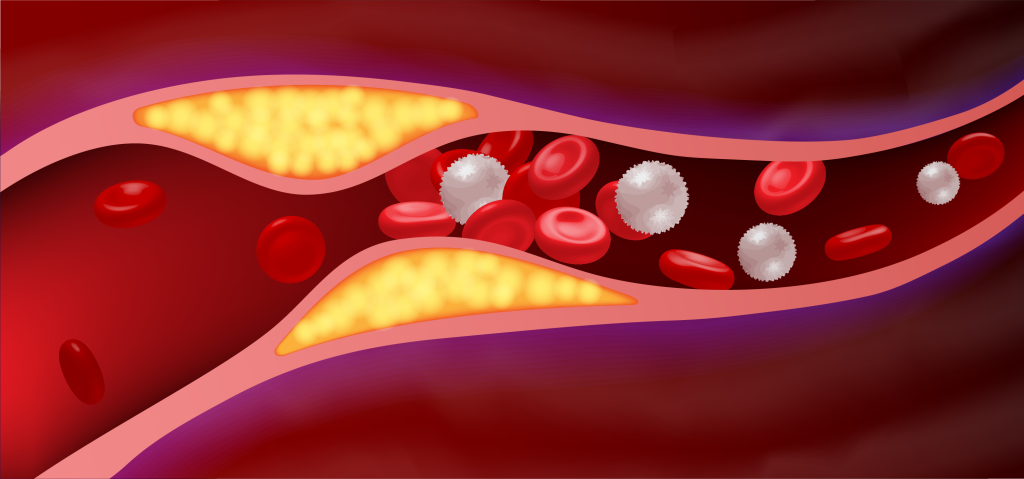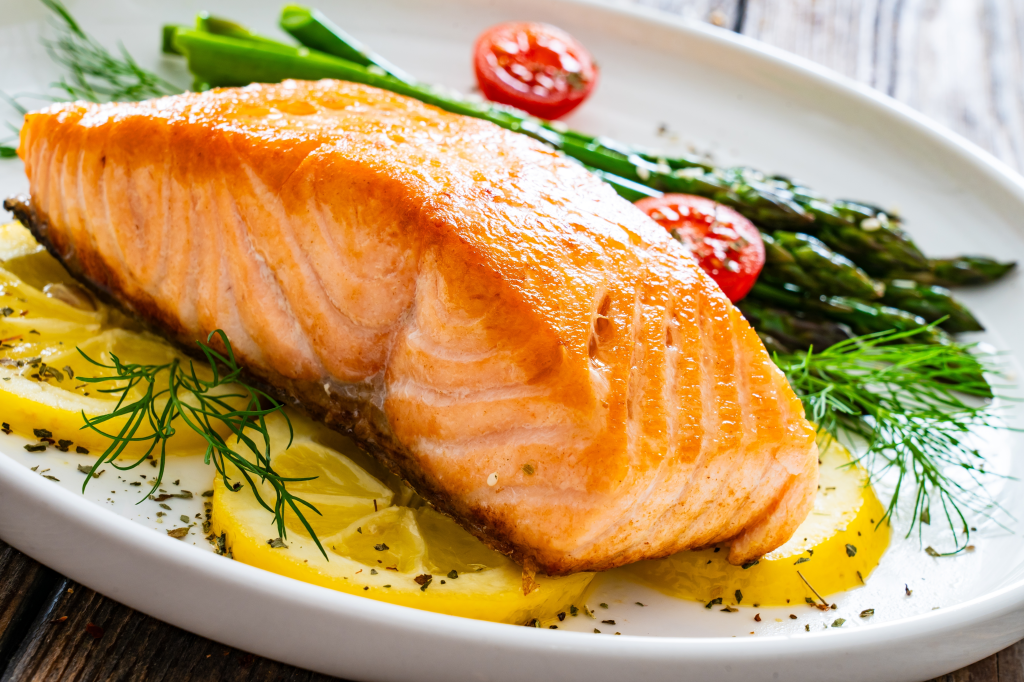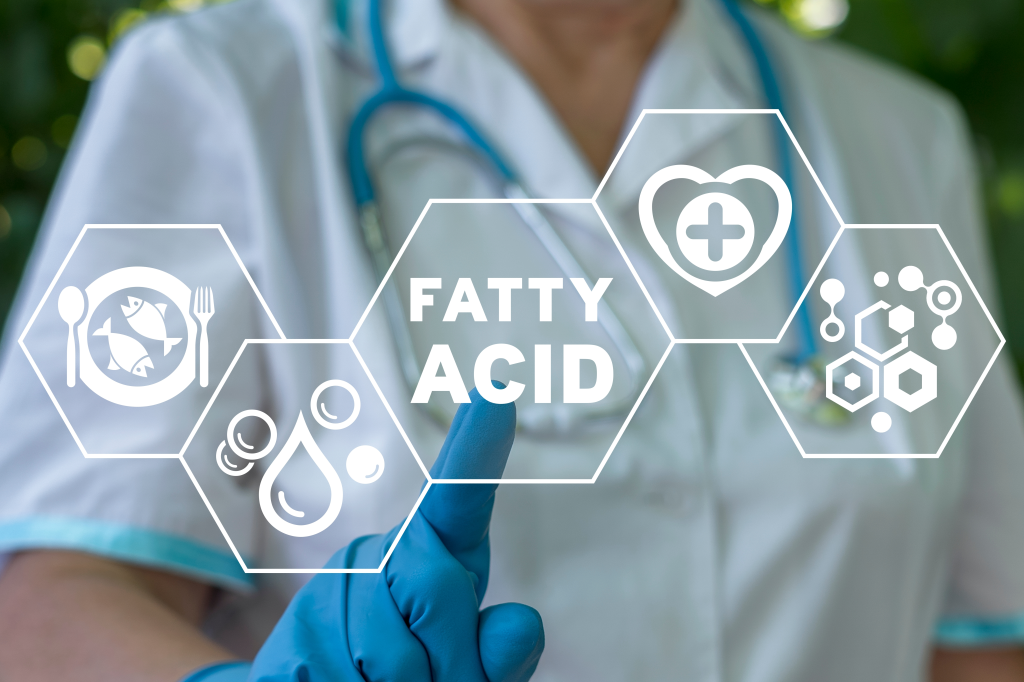At a glance
Omega-3 fatty acids are essential for optimal brain, heart, and metabolic health while helping manage inflammation and support overall cellular function. Most modern diets fall short in these essential fatty acids, and prioritizing foods rich in omega-3 fats can offer significant benefits for mood regulation, cognitive function, and overall well-being.
Omega-3 fatty acids are vital for supporting brain, heart, and cellular health and play a crucial role in regulating moods and the body’s inflammatory pathways.
As modern diets rely more on processed foods, many people don’t consume adequate amounts of omega-3 fats, increasing the risk of chronic inflammation, cardiovascular issues, metabolic imbalances, and cognitive decline.
Discover five powerful omega-3 benefits for your health and explore the best natural food sources of these essential fatty acids.
What are omega 3 fatty acids?
Omega-3 fatty acids are polyunsaturated fats crucial for various bodily functions, especially within the nervous system, where they play a vital role in brain health and protecting nerve cells from oxidative stress.
Omega-3 fats also aid energy production by maintaining cell membrane fluidity and supporting efficient cellular communication.
Additionally, these fats support hormonal balance, enhance immune function, reduce inflammation, and help maintain a healthy lipid profile.
There are three primary types of omega-3 fatty acids:
- Docosahexaenoic acid (DHA)
- Eicosapentaenoic acid (EPA)
- Alpha-linolenic acid (ALA)
DHA is a crucial structural component of the brain and eyes, supporting cognitive functions, including memory and visual processing. It also plays a key role in fetal development and early childhood growth.
EPA is known for its potent anti-inflammatory effects and supports cardiovascular health by aiding balanced triglyceride levels and promoting healthy blood circulation.
ALA is a precursor to EPA and DHA. However, due to the body’s limited conversion rate of just 0.1 to 0.5 percent, it primarily acts as an antioxidant and supports heart health by supporting healthy cholesterol levels.
Watch the video below to learn more about omega-3 fatty acids.
5 omega-3 benefits
Omega-3 fatty acids are essential for cellular health and crucial in critical bodily functions. They influence everything from brain function and inflammatory responses to energy production and hormonal balance.
Here are five key benefits of omega-3 fats.
1. Support brain health and cognitive function
Omega-3 fatty acids play a vital role in enhancing learning, improving memory retention, and promoting overall mental clarity.
DHA is crucial for maintaining the fluidity of neuronal membranes, which facilitates communication between brain cells. This fluidity is essential for the transmission of neuronal signals, ensuring efficient cognitive function and overall brain health.
Additionally, EPA regulates inflammation and promotes healthy blood circulation, while ALA reduces oxidative stress, further protecting brain cells and enhancing overall cognitive resilience.
The potential benefits of omega-3 fatty acids for brain health have also been studied in children with attention-deficit/hyperactivity disorder (ADHD), according to research published in Current Psychiatry Research and Reviews.1
Additionally, a study published in Current Opinion in Lipidology associates omega-3 intake with a reduced risk of cognitive decline, emphasizing their potential role in long-term brain health and central nervous system functioning.2

2. Promote cardiovascular health
Omega-3 fatty acids keep blood vessels flexible, help lower harmful triglycerides, and promote balanced inflammatory responses.
These benefits make omega-3s especially effective in lowering the risk factors associated with cardiovascular disease and coronary artery disease.
Data released by the American Heart Association (AHA) suggests that consuming approximately three grams of dietary EPA and DHA omega-3 fatty acids daily promotes healthy blood pressure.3
3. Help regulate inflammation
Chronic inflammation is a major driver of autoimmune conditions and degenerative diseases, making omega-3 fatty acids essential for immune resilience.
According to research published in PLOS One, EPA and DHA appear to lower inflammatory markers, including C-reactive protein (CRP), interleukin-6 (IL-6), and tumor necrosis factor-alpha (TNF-?), across various populations.4
This highlights the potential benefits of omega-3-rich foods for promoting overall health and longevity.

4. May reduce cancer risk
Evidence published in BMJ linked omega-3 fatty acid intake, especially EPA and DHA, with a lower risk of developing certain cancers.5
After evaluating over 20,000 cases, the researchers concluded that “higher consumption of dietary marine omega-3 polyunsaturated fatty acids is associated with a lower risk of breast cancer.”
5. Support metabolic health
Omega-3 fatty acids play a key role in metabolic processes by supporting mitochondrial health, enhancing insulin signaling, and promoting fat-burning.
Research published in Life found that omega-3 fats may help prevent or reduce excess body fat and related metabolic disorders by increasing fat oxidation, reducing fat storage, and boosting energy expenditure.6
Additionally, when consumed as part of a nutritious low-carb diet such as Healthy Keto®, omega-3 fatty acids further support a healthy body by promoting energy production and metabolic balance.

Sources of omega-3 fatty acids
As essential fatty acids, omega-3 fats must be obtained through the diet.
Fatty fish, grass-fed beef, pasture-raised eggs, and certain algae contain some of the most bioavailable forms of EPA and DHA. Among seafood, cod, salmon, sardines, trout, and krill are particularly rich in these beneficial fatty acids.
In contrast, ALA can be found in plant foods, and the best sources are organic, non-genetically modified (GMO) flaxseeds, chia seeds, and walnuts.
While cod liver oil and krill oil provide a convenient source of omega-3 fats, whole foods, such as fatty fish, offer additional nutrients and a greater dietary variety than fish oil alone.
In addition, research published in Food Science of Animal Resources highlights that an animal’s diet significantly impacts its fatty acid profile.7
Animals primarily fed a grain-based diet typically have lower omega-3 fat content and higher omega-6 levels, sometimes exhibiting up to 75 percent more omega-6 fats than grass-fed animals.
This highlights the importance of prioritizing grass-fed beef, wild-caught fish, and pasture-raised eggs to maximize dietary omega-3 intake.
Andrea’s wellness journey–embracing omega-3 fats and keto for lifelong health
At 73, Andrea Koppel maintained a healthy lifestyle for decades, avoiding processed foods and prioritizing quality fats, but struggled with stubborn belly fat. After discovering Dr. Berg’s videos, she adopted intermittent fasting and a more structured keto approach.
She shares:
“As of yesterday, I am 129 pounds with belly fat disappearing. This is as light as I have been since 1990. I have done much research on Dr. Berg’s recommendations, and I am now a true believer.”
By incorporating omega-3 fats, a low-carb diet, and intermittent fasting, Andrea maintained her vitality, sustained her energy, and achieved her weight goals. Read her full story here.
Results may vary based on individual factors such as starting point, goals, and personal effort. A holistic approach, including proper nutrition and lifestyle changes, is essential for achieving and maintaining health improvements. Individual outcomes aren’t guaranteed.

Signs of omega-3 deficiency
Data from the National Health and Nutrition Examination Survey (NHANES) indicates that more than 90 percent of Americans fail to meet omega-3 intake recommendations.8
Consistently low levels of DHA and EPA can stiffen cell membranes, disrupting communication between cells in the brain and body. Over time, this disruption can potentially lead to cognitive decline, chronic inflammation, and impaired cardiovascular function.
Common signs of omega-3 deficiency include:
- Dry skin
- Eczema and psoriasis
- Dry, brittle hair
- Vision problems, particularly in low light
- Poor concentration and memory
- Depression
- Anxiety
- ADHD
- Joint pain and inflammation
- High blood pressure
- Arrhythmias
- Unexplained fatigue
- Slow recovery from exercise or injury
Severe omega-3 deficiency has been linked to increased risks of neurological and inflammatory disorders, including Alzheimer’s disease and major depressive disorder.
Additionally, long-term omega-3 deficiency may exacerbate chronic inflammatory conditions such as rheumatoid arthritis and inflammatory bowel disease (IBD).
Information related to these specific medical conditions should be discussed with a healthcare provider to determine suitability based on individual health needs.

Omega-3 vs. omega-6 fatty acids
Maintaining a healthy balance between omega-3 and omega-6 fatty acids is crucial for regulating inflammation, supporting heart health, and optimizing metabolic functions.
While both types of fatty acids are essential, omega-6 fats, abundant in seed oils such as canola oil, soybean oil, and corn oil, can promote inflammation when consumed in excess.
“The ideal omega-6 to omega-3 ratio should be around 2:1, but the average American diet often exceeds 20:1, significantly increasing the risk of chronic health problems, including heart disease and metabolic syndrome,” explains Dr. Berg.
To help counteract this potential imbalance, reducing processed food intake and prioritizing omega-3-rich whole foods such as fatty fish, grass-fed meats, and pasture-raised eggs can help maintain a balanced fatty acid ratio and promote better overall health.
Key takeaways
- Omega-3 fatty acids support brain function, heart health, vision, hormone production, and metabolic balance.
- The omega-3 fats EPA, DHA, and ALA each play distinct roles in regulating cognition, inflammation, immune cell activity, and cardiovascular health.
- Lack of dietary omega-3 fat intake can contribute to mood imbalances, fatigue, and skin issues, as well as an increased risk of inflammatory conditions.
- Prioritizing omega-3-rich foods, such as oily fish, grass-fed meats, and pasture-raised egg yolks, supports a balanced fatty acid profile and promotes overall health and well-being.
FAQ
1. What are the top benefits of omega-3 fatty acids?
Omega-3 fatty acids support brain function, cardiovascular health, strong immune function, metabolic balance, healthy vision, and radiant skin while helping lower inflammation and potentially reduce cancer risk.
2. What are the best sources of omega-3s?
The most bioavailable sources of omega-3 fats include wild-caught fatty fish such as salmon, sardines, trout, mackerel, and cod, as well as krill. Grass-fed beef, pasture-raised eggs, and certain algae also provide these essential fatty acids.
Plant-based sources, such as organic, non-GMO flaxseeds, chia seeds, and walnuts, are some of the best sources of alpha-lipoic acid (ALA).
3. Is omega-3 good for weight loss?
Yes, omega-3 fatty acids can support weight loss by promoting metabolic balance, fat oxidation, and insulin sensitivity.
Additionally, healthy fats such as omega-3s provide sustained energy throughout the day and enhance feelings of satiety, making it easier to maintain a healthy body weight.
4. How can I tell if I’m deficient in omega-3?
Signs of an omega-3 fatty acid deficiency may include dry skin, brittle hair, mood changes, and difficulty with concentration or memory. Some individuals may also experience changes in heart rhythm, unexplained fatigue, and persistent inflammatory issues.
Sources
- https://www.benthamdirect.com/content/journals/cprr/10.2174/2666082219666230103113402 ?
- https://journals.lww.com/co-lipidology/abstract/2023/02000/omega_3_fatty_acids_and_cognitive_function.3.aspx ?
- https://www.heart.org/en/news/2022/06/01/consuming-about-3-grams-of-omega-3-fatty-acids-a-day-may-lower-blood-pressure ?
- https://journals.plos.org/plosone/article?id=10.1371/journal.pone.0088103 ?
- https://www.bmj.com/content/bmj/346/bmj.f3706.full.pdf ?
- https://www.mdpi.com/2075-1729/13/6/1322 ?
- https://pmc.ncbi.nlm.nih.gov/articles/PMC8728510/ ?
- https://pubmed.ncbi.nlm.nih.gov/28956299/ ?

















